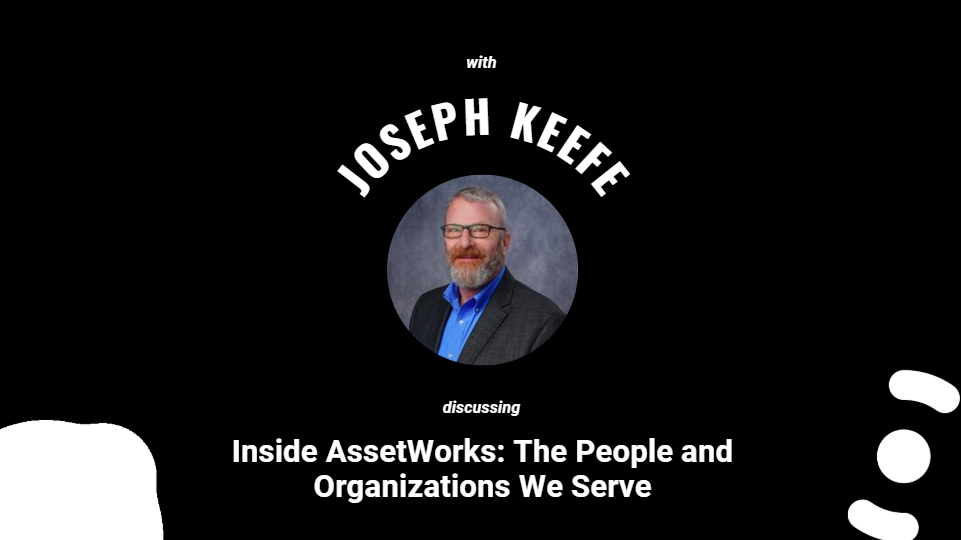Upgrading your fleet management software is a significant milestone that can greatly enhance your fleet’s efficiency and performance. However, the success of this transition largely depends on effective change management. Proper change management ensures that all stakeholders are prepared, engaged, and supportive of the new system. Here’s a comprehensive guide for fleet managers and fleet procurement specialists on managing change during software upgrades.
Understanding Change Management
Change management involves preparing, supporting, and helping individuals, teams, and organisations in making organisational change. It’s about guiding your organisation through the transition smoothly and ensuring everyone is on board with the new processes and systems. Here’s how AssetWorks approaches change management to ensure a successful implementation of fleet management software:
Key Elements of Change Management
1. Clear Communication
- Effective communication is the cornerstone of successful change management. It’s vital to keep everyone informed about the reasons for the change, the benefits, and what to expect during the transition. AssetWorks recommends implementing a robust communication plan that includes:
- Regular Updates: Keep stakeholders updated on progress, milestones, and any changes to the implementation timeline.
- Transparent Information: Provide detailed information about how the new system will improve operations and the specific benefits it will bring.
- Open Channels: Establish open channels for feedback and questions to address any concerns promptly.

2. Stakeholder Engagement
Engaging stakeholders from various departments and levels of the organisation is crucial for gaining buy-in and fostering ownership of the new system. Key strategies include:
- Cross-Functional Teams: Form cross-functional teams to involve representatives from all impacted areas.
- Involvement in Decision-Making: Involve end-users and other stakeholders in the decision-making process to ensure their needs and concerns are addressed.
3. Incremental Rollouts
Implementing the new software in incremental rollouts can help manage the transition more effectively. This approach allows for:
- Controlled Testing: Test the new system in smaller, controlled environments before full deployment.
- Minimised Disruptions: Gradually introduce the new processes and tools to minimise disruptions to daily operations.
- Phased Implementation: Plan phased implementations to ensure each stage is thoroughly tested and refined before moving to the next.

AssetWorks’ Change Management Approach
AssetWorks adopts a proactive change management approach that begins from the initial business process review through to system configuration, testing, and training. Here’s how we ensure a smooth transition:
1. Comprehensive Training Programs
Training is essential to ensure that all users are comfortable and proficient with the new system. AssetWorks provides:
- User Guides and Videos: Extensive training resources, including user guides and instructional videos.
- Live Webinars: Interactive webinars to provide hands-on training and address specific queries.
- Train-the-Trainer: Key users are trained to become trainers, ensuring ongoing support and knowledge transfer within the organisation.
- In-person Training: Nothing beats learning together at the same place and the same time. Here are our most popular workshops.
2. Continuous Support and Feedback Mechanisms
Ongoing support and feedback mechanisms are critical for addressing challenges and refining processes post-implementation. AssetWorks offers:
- Dedicated Support Channels: A help desk and user community forums to provide continuous support.
- Feedback Integration: Regularly seek and integrate user feedback to improve the system and address any issues promptly.
3. Celebrating Successes
Recognising and celebrating successes along the change journey helps maintain morale and momentum. AssetWorks encourages organisations to:
- Acknowledge Milestones: Celebrate key milestones and achievements.
- Reward Contributions: Recognise individuals and teams who contribute to the successful adoption of the new system.

Best Practices for Change Management
Implementing best practices can significantly enhance the effectiveness of your change management strategy. Here are some proven approaches:
- Early and Frequent Communication: Start communicating early and maintain regular updates throughout the process.
- Engage Leadership: Ensure that leadership is actively involved and supportive of the change.
- Empower Champions: Identify and empower change champions within the organisation to advocate for the new system.
- Provide Adequate Training: Invest in comprehensive training programs to equip users with the necessary skills and knowledge.
- Monitor and Adjust: Continuously monitor the implementation and be prepared to adjust strategies as needed based on feedback and performance metrics.
Effective change management is critical for the successful implementation of new fleet management software. By focusing on clear communication, stakeholder engagement, incremental rollouts, and continuous support, you can ensure a smooth transition and achieve the full benefits of your new system. AssetWorks is committed to supporting your organisation through this journey, providing the tools and expertise needed to manage change effectively and drive operational excellence.












